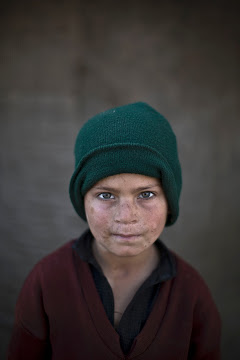Defined in 2000 by the UK Government as "products, services and environments that include the needs of the widest number of consumers". It has a history stretching back to the social ideals in Europe that materialised after World War II. These include healthcare and housing for everyone. Inclusive Design is used within Europe and goes beyond older and disabled people to focus on other excluded groups to deliver mainstream solutions.
- Universal Design
This term originated in the USA and is now adopted by Japan and the Pacific Rim. It started with a strong focus on disability and the built environment. Driven by the large number of disabled Vietnam War veterans, it was modelled on the Civil Rights Movement that promised "full and equal enjoyment … of goods and services". It has been a driving force in establishing American legislation regarding older and disabled people.

- Design For All
Closely related to Inclusive Design, Design for All started by looking at barrier-free accessibility for people with disabilities but has become a strategy for mainstream, inclusive solutions. As highlighted by the European Commission, it is about ensuring that environments, products, services and interfaces work for people of all ages and abilities in different situations and under various circumstances. This term is used in continental Europe and Scandinavia. There are other terms that are sometimes used with varying relevance to Inclusive Design. A few include Co-design, People-centred Design, User-focused Design and Transgenerational Design. Please see the Glossary for further information.

definitions literally via Inclusive Design, photos (Superstudio) via and via and via















































